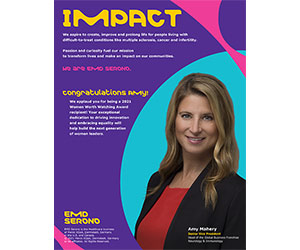By Todd Burns
President of Project and Development Services, Jones Lang LaSalle
Today, diversity is a top-of-mind concern for executives in every industry, including not only the commercial real estate industry that our firm operates in, but the corporate and institutional organizations that make up our client base. The tremendous progress made by women, people of color, and members of other once-discounted groups might prompt many business leaders to say “look how far we’ve come.” But the reality is that we still have a long way to go. And our industry, which touches virtually every other industry and employs skilled people across a range of disciplines, has a key role to play in the advancement of diversity goals.
Executives who turn their backs on meaningful diversity and inclusion practices are facing irrelevance and inviting failure. The pool of great candidates for any given job is small enough without limiting it further by ignoring anyone based on identity factors. More importantly, proactively embracing diversity, while integrating it across all business practices, is just the right thing to do.
Getting this point across to fellow white men is a matter of encouraging them to disregard traditional “metrics” and focus on strengthening client relationships. While in a business pitch years ago, I realized firsthand that the clients weren’t just seeking number-crunching and dollar-driving solutions. What they wanted were peers as diverse as they were, who appreciated one another’s approaches and had common shared goals.
Commercial real estate, though, has a reputation, driven by an extremely conservative school of thought, generally taught by older white men. To keep our company relevant in today’s business world by doing our part to shift the “white man paradigm,” my Recruitment Action Team was formed to attract and source talent from a broad pool of candidates by visiting diverse universities across the nation.
Many of my peers entered the business wanting to make a difference and leave a legacy—for clients, colleagues, and mentees. I believe there is no better way to do that than to ignore metrics that previously defined the industry and instead engage in a new, diverse school of thought. Making a difference—together—is the right thing to do.






